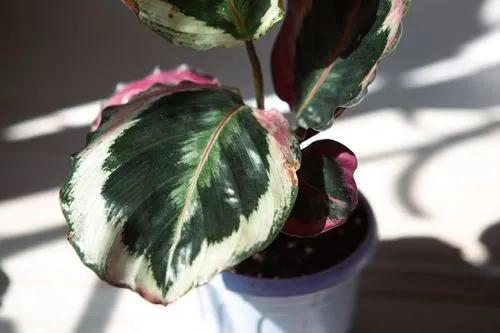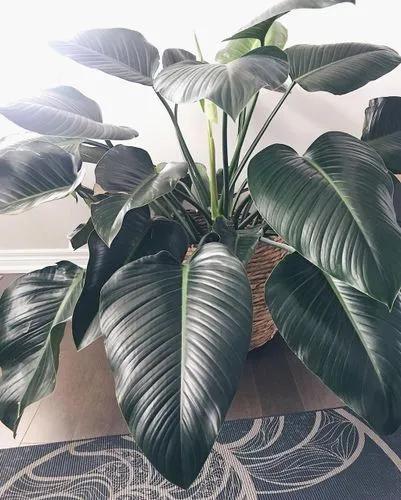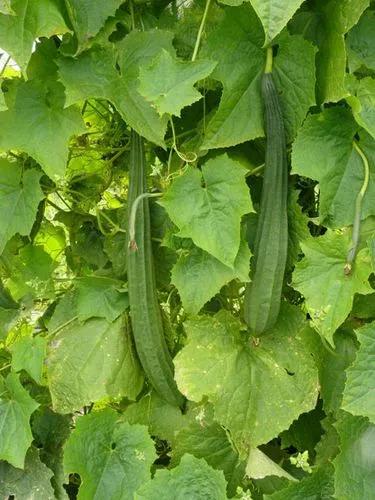Cordyline fruticosa, commonly called Ti plant, typically grows as a short tree or shrub to 10' tall in its native habitat of tropical Southeast Asia, eastern Australia and some Pacific islands including Hawaii. ... Leaves of this plant have been used in Hawaii to make hula skirts and edible rhizomes for food.
Cordyline Mauritiana Care
Cordyline Mauritiana



How to Care for the Plant

Water

When in full-sun the plant requires more frequent watering. Make sure the growing pot has a drainage hole for the excess water to drain off. Do not allow Cordylines to sit in a saucer of water.

Fertilizer

Indoors lightly fertilize with a liquid 20-20-20 fertilizer 1/2 strength. Outdoors, apply a balanced slow-release fertilizer in the spring.

Sunlight

Outdoors bright light to full sun exposure and protected from wind.

Soil

When shoots have about 4 to 6 leaves place in potting soil.

Temperature

Cordyline is a tropical plant in the dracaena family, and its ideal hardiness zone is where the average temperature is generally above 55°F.

Additional

Cordyline is not toxic to humans, but is highly toxic if ingested by animals because it contains toxins called saponins.

Popularity

78 people already have this plant 9 people have added this plant to their wishlists
Discover more plants with the list below
Popular articles






